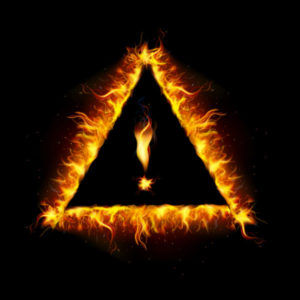There are many things that we do each year in order to keep our families safe and protected. We go to the doctor and the dentist on an annual basis. Also, we have our car serviced based on the miles driven. We even make sure that our pets are checked out by the vet to keep them healthy. However, one thing that may get overlooked is having your chimney inspected every year. Maybe you’re thinking that you didn’t use your fireplace enough to justify the expense? Perhaps it may be that you just get too busy to give your chimney company a call. That being said, this is one area that you should not neglect.
 Why is it Important to Have a Yearly Inspection
Why is it Important to Have a Yearly Inspection
You probably don’t use your fireplace during the summer. However, this doesn’t mean that there aren’t things happening that could be potential fire risks. Summer is the time for nature’s creatures to build their nests and raise their young. Your chimney just happens to be the ideal place for birds, squirrels, or even raccoons to build a nest. Unfortunately, if these are left in your chimney until fire burning season, these dried out nests can catch a spark from your fire and cause a chimney fire. Other debris, such as twigs and dry leaves, can also blow into your chimney during summer months. These should be removed as well.
Because you use your fireplace on a regular basis throughout the winter months, a build-up of creosote can occur. GuideOne Insurance explains that when a fire burns, water vapor, unburned wood particles, tar fog, and other minerals escape through your chimney. This warm air, when it hits the cooler air higher up in your chimney, will collect on the walls of the chimney in the form of creosote. Creosote is highly flammable, and if it isn’t removed on a regular basis can cause a chimney fire to occur.
Another reason that yearly inspection is so important is that your chimney may have structural damage that isn’t visible to the untrained eye. According to the Chimney Safety Institute of America (CSIA) website, when precipitation gets into the mortar and the brick of your chimney and freezes, it expands in the cracks, causing them to enlarge. When the water thaws and then freezes again, the process is repeated. This can cause structural damage to occur, and that can lead to major repairs.


Recent Comments